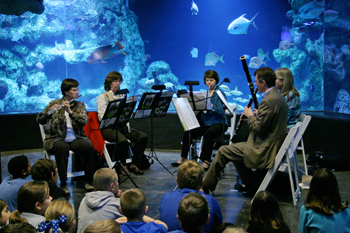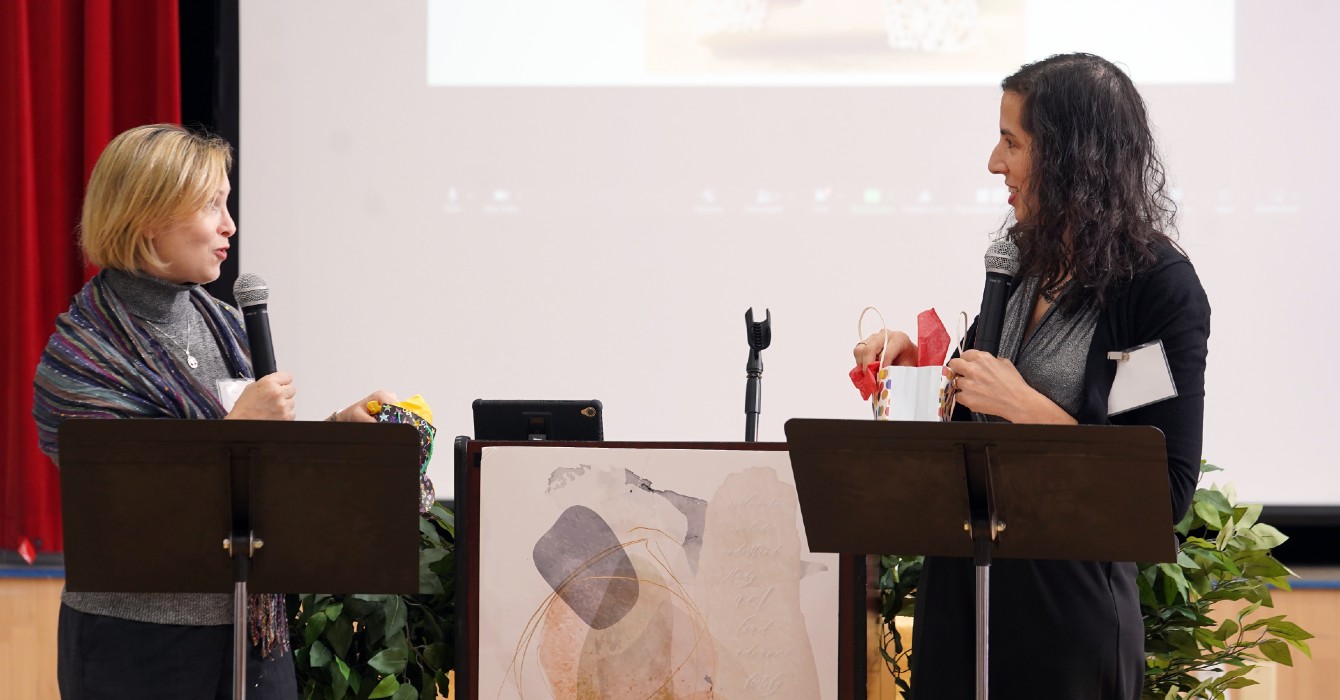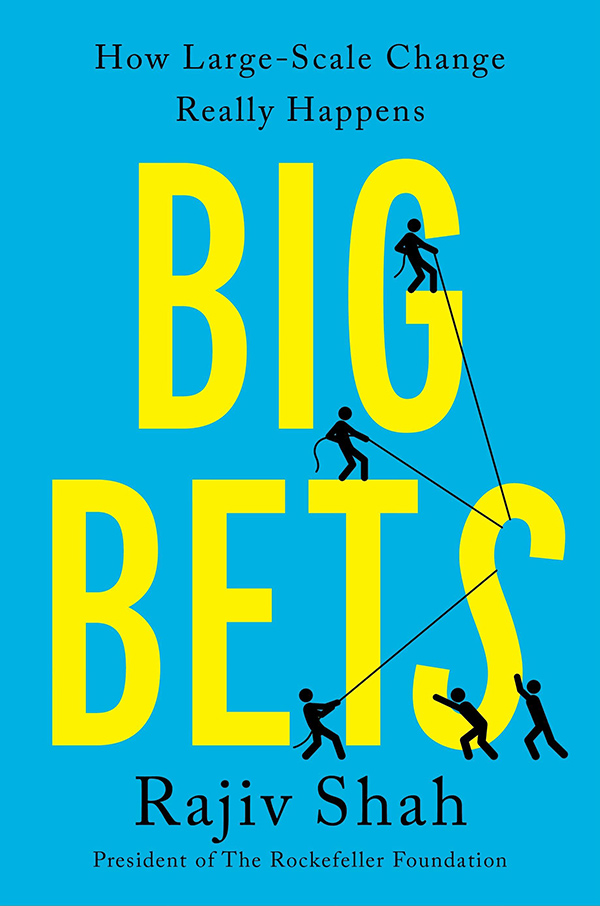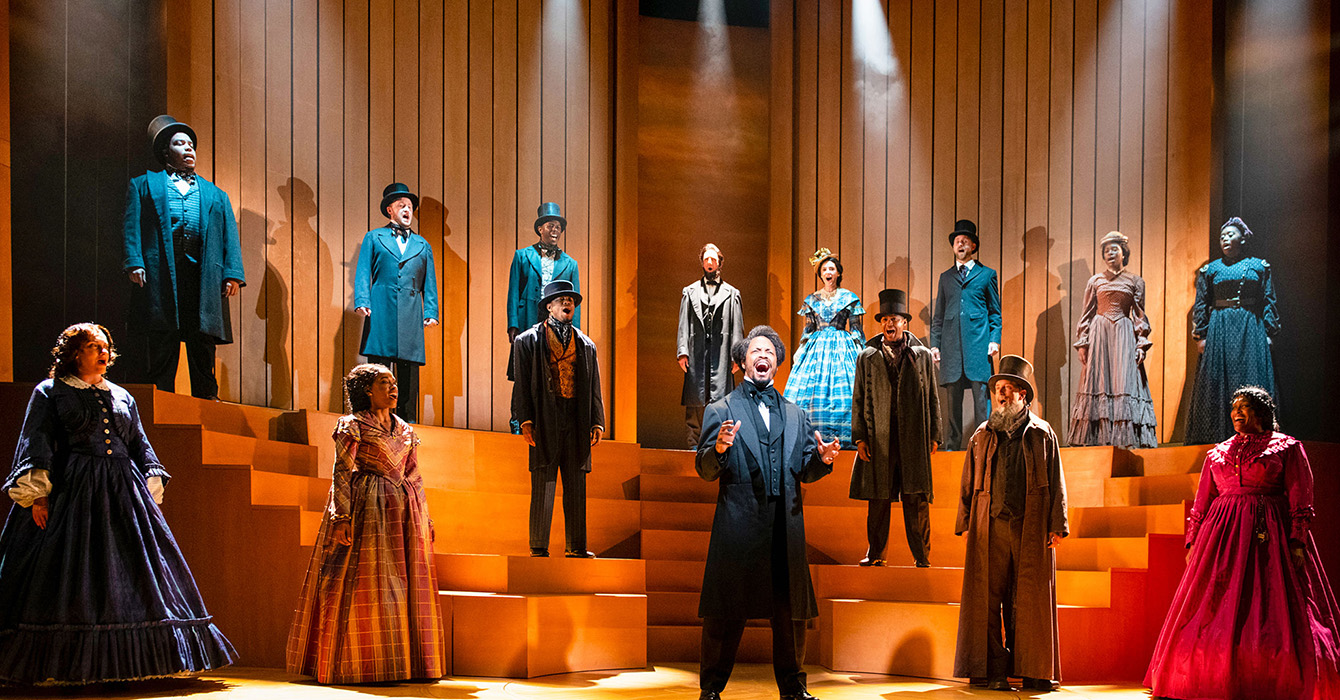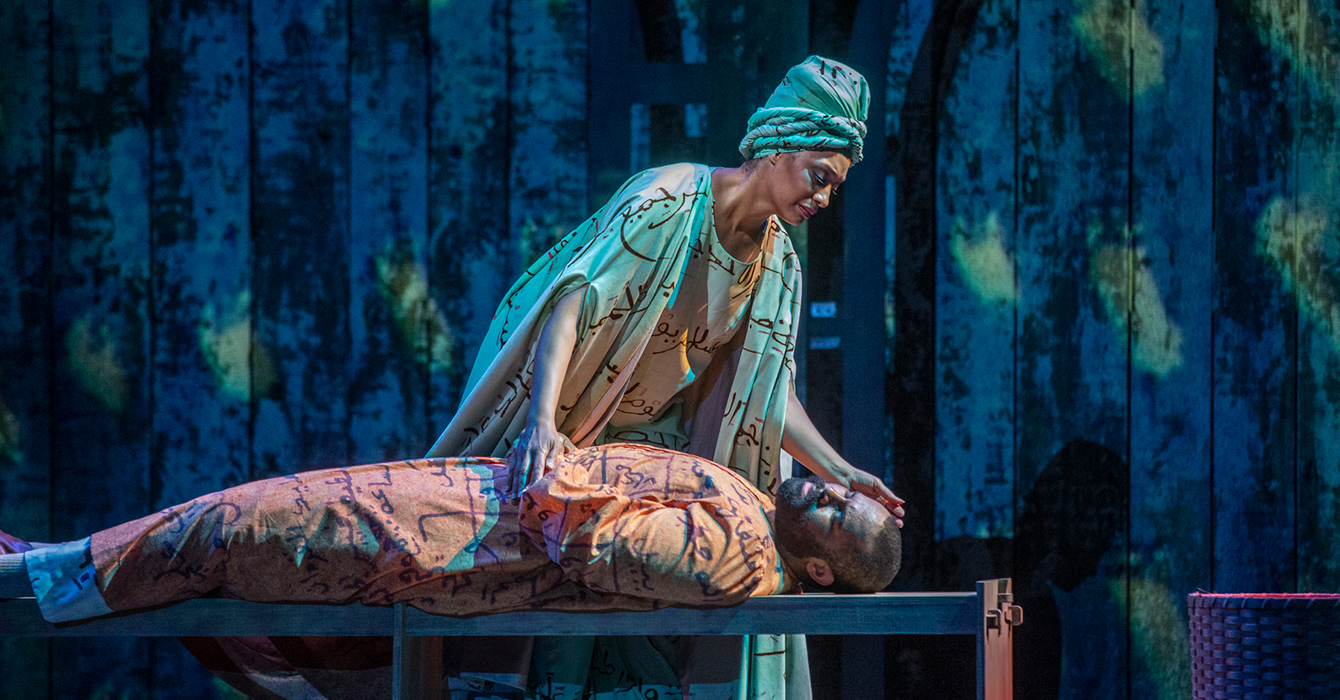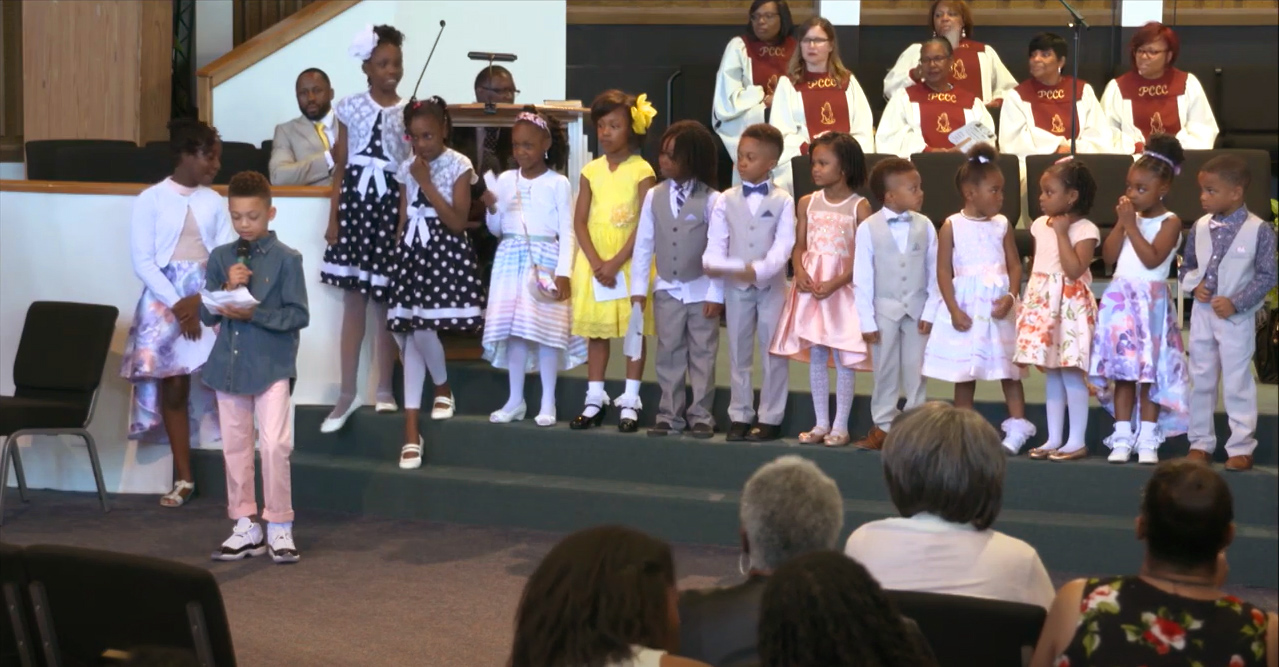The Tulsa Symphony Orchestra, formed in 2005 to replace the defunct Philharmonic, follows a different structure, one that has been financially and artistically successful, even through the recent recession.
The old model consisted of a board of directors, a group of volunteers providing general oversight and direction; a music director; an artistic director; an executive director, responsible for operational aspects of the orchestra; various office staff; and the musicians themselves.
“We have found that pursuing the community’s involvement, and involving musicians, so that the entire structure is very transparent -- everybody participates -- and the fact that everybody has an investment in the organization, we’ve found that works for us,” said TSO Executive Director Ron Predl.
One feature of this model of orchestral governance is that it incorporates the musicians into every level of the organization. They not only serve as performing artists, but they also work as executive musicians on the TSO staff, serve on the board of directors, and participate in 12 committees that make decisions for the organization.
Additionally, rather than operating via collective bargaining agreements with TSO, in which musicians negotiate every few years for a new contract, orchestra members are self-governed, an approach supported by the American Federation of Musicians Local 94, a union for professional musicians.
Transparency and accountability are also guiding principles for TSO. This requires the integration of musicians and board and staff members at all levels of decision- and policymaking.
In practice, this is reflected in structures such as the Governance Committee, which proposes and reviews the orchestra’s operating rules “to maintain the highest professional standards and practices for the musicians,” Predl said.
TSO’s musicians have made a commitment to aligning their values with those of the community, Predl said. That involves serving as artists, teachers, facilitators and musical ambassadors, and in a variety of other roles. It has also helped hold the orchestra accountable to those it serves.
With TSO’s reliance on self-governance comes a unique approach to decision making. Rather than following Robert’s Rules of Order for parliamentary procedures, through which the many orchestras in the United States make decisions, TSO employs a process called “formal consensus.”
While Robert’s Rules rely on voting procedures that can “leave one side feeling like they lost,” said Tim McFadden, TSO orchestra manager and principal trumpet player, formal consensus offers everyone in the organization an equal voice.
Formal consensus also helps to prevent members from forming factions or taking sides, Predl said.
“If there is a disagreement, it is discussed thoroughly until conflict has been resolved,” he said. “This can be by agreement, or the individuals with concerns can ‘stand aside’ to allow the organization to move ahead. We use formal consensus in all aspects of the organization, from the implementation of our operating rules to programming for concerts.”
Doug Fletcher, TSO’s second trombone, has taken full advantage of the opportunities for musicians to get involved with orchestra decision-making. He has served on the personnel advisory committee and on the artistic committee and was recently appointed to the board of directors.
He said the orchestra’s use of formal consensus has eliminated contention between management and players, allowing the musicians themselves to determine what is best for the organization. This includes a recent discussion regarding guidelines for the amount and types of performances musicians will provide.
“It was all the players really deciding, we need to make the most money we can for ourselves, [but] how far can we push and not sacrifice artistic integrity,” Fletcher said. “Instead of two adversarial groups, it became one group just deciding what was best for everyone. That’s a long process and very complicated, but I think that’s an example of it really working very well.”
Additionally, as part of the artistic committee, he has helped choose the orchestra’s programming. He said the committee aims to “make every program interesting and to play not just the major works that everybody has heard off cartoons since they were a kid.”
So far, with the exception of just a few missteps, he said, they have been successful. “We juggle those things very carefully, and I feel like [we] have done a good job of it.”

